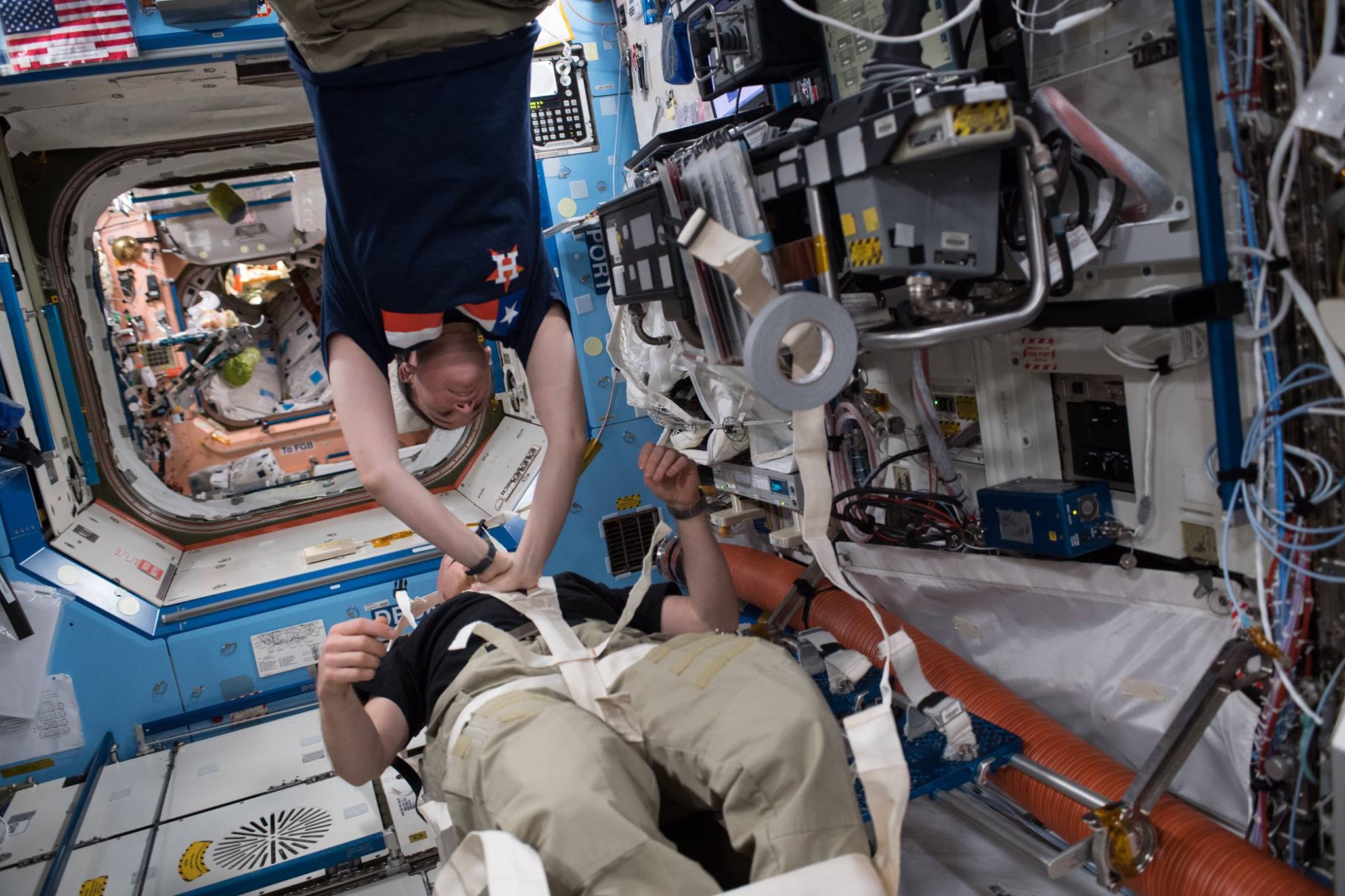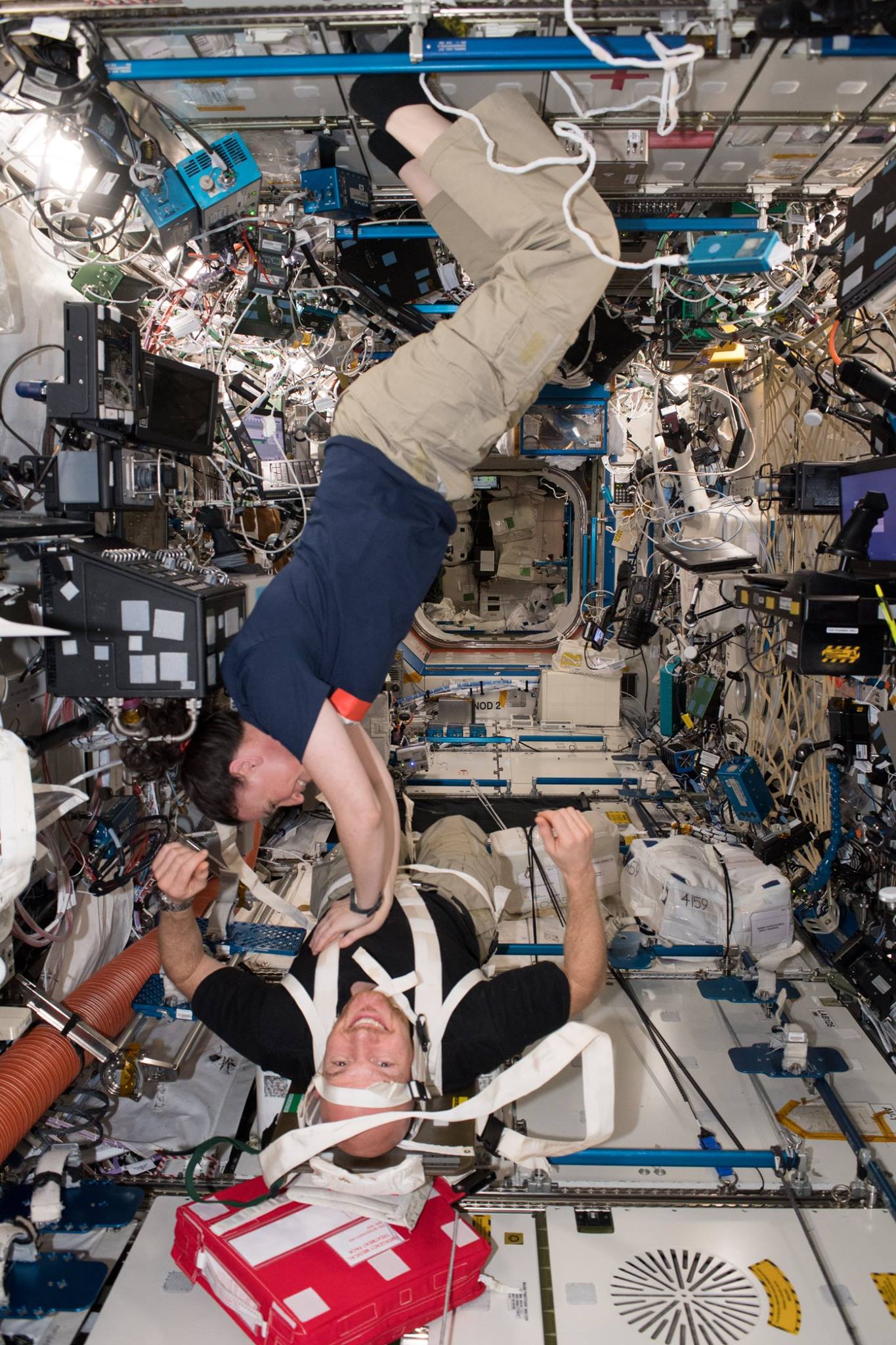Since the nearest medical experts are at least 400 km away from the spacecraft, astronauts aboard the International Space Station should know how to provide first aid and perform other important medical procedures if one of the crew members becomes worse. But since the conditions of microgravity in orbit are somewhat different from those on Earth, some methods of emergency medical care need to be adapted so that they are effective in space.

Cardiopulmonary resuscitation (CPR) is a life-saving procedure that is performed when someone’s heart stops beating. Some readers probably know that this procedure involves a series of chest compressions to maintain the circulation of human blood so that it continues to oxygenate organs, especially the brain, thereby preventing its irreversible damage. Astronaut Samantha Cristoforetti recently shared a video with her millions of Twitter followers showing how cardiopulmonary resuscitation is performed in space.
Practising CPR in Space ⛑ #MissionMinerva #CPR #LifeInSpace@esa @esaspaceflight @Space_Station pic.twitter.com/qfEcqpCMU6
— Samantha Cristoforetti (@AstroSamantha) September 2, 2022
To perform chest compression on the Earth, we use our weight to push on the upper body. But in space, the lack of gravity complicates this process, since the compression procedure will force the astronaut to push off from the person they are trying to save. Cristoforetti shows several ways to get around this disadvantage in microgravity.

The first method consists in finding a foothold on the ISS wall opposite the victim’s chest in order to be able to push off. Of course, in this case, the astronaut must have a certain height in order for this method to work. Another method uses a strap on the side of the resuscitation station bed. The person who will perform cardiopulmonary resuscitation ties a belt around his body so that he stays securely in place and can effectively apply pressure. And the Evetts-Russomano method, for example, assumes that the assisting person positions his legs so that their ankles lock in the center of the patient’s back, so they generate the necessary pressure force on the chest without repulsion.
Fortunately, to date, no cardiopulmonary resuscitation has been used on the International Space Station. However, with planned long-term missions to the Moon and Mars, as well as an increase in the number of civilian orbital flights, it will lead to more people of all ages and physical fitness going into space, where the likelihood of medical emergencies far from Earth will increase. With this in mind, NASA will continue to train crews so that emergency medical care is a core part of astronaut training.
Follow us on Twitter to get the most interesting space news in time
https://twitter.com/ust_magazine

